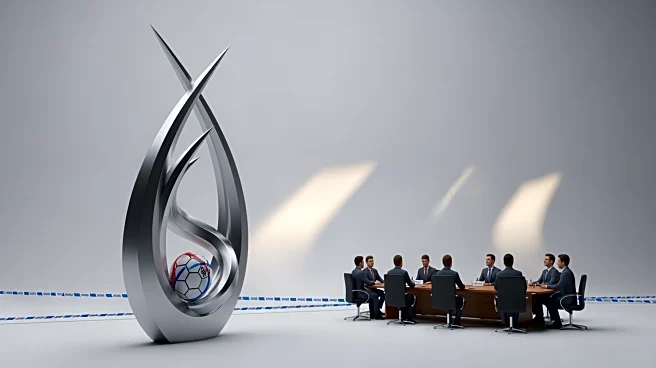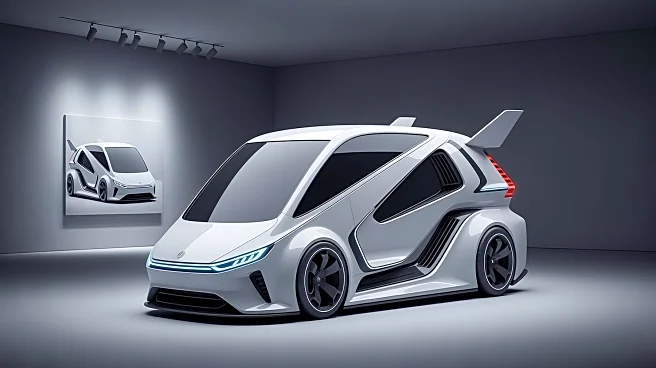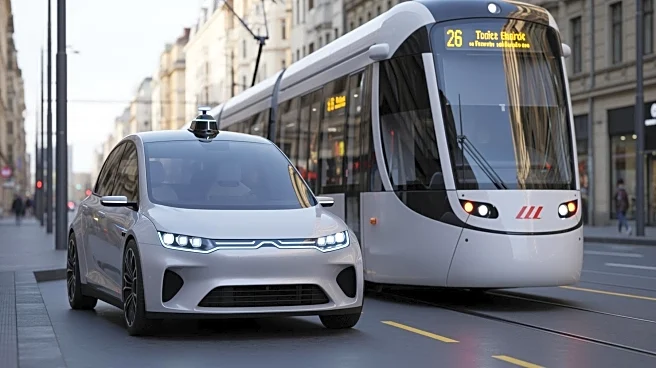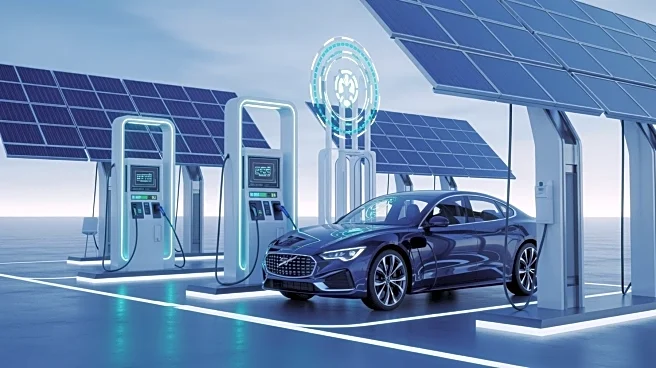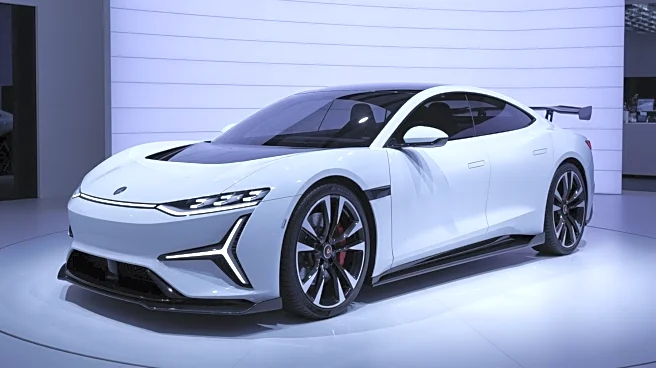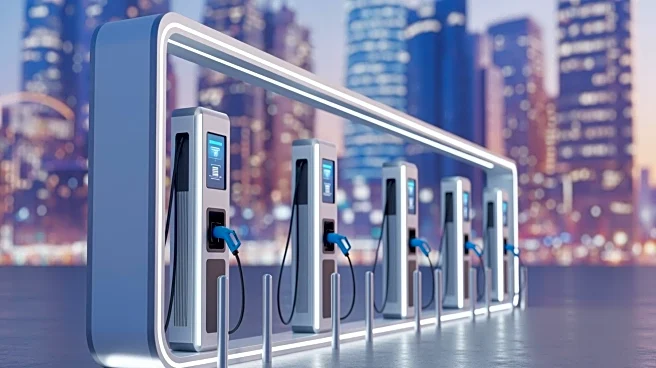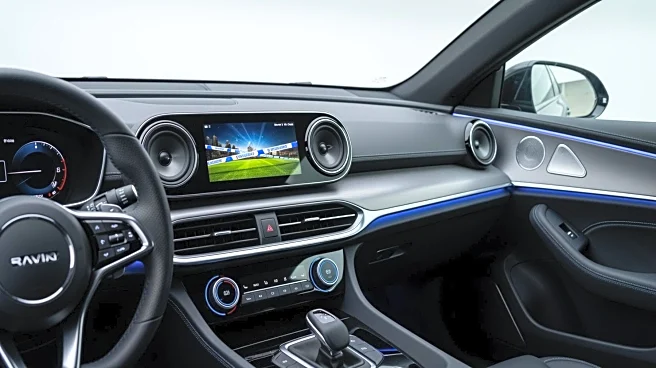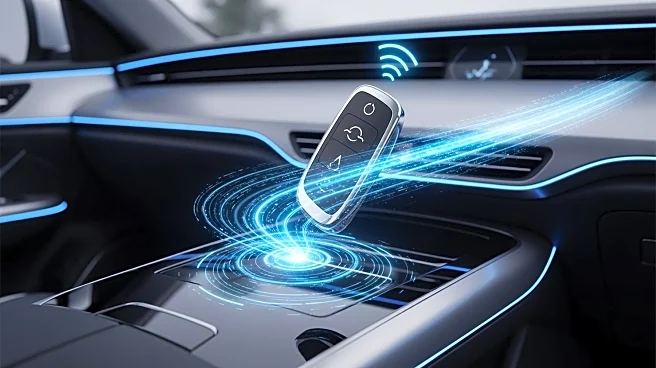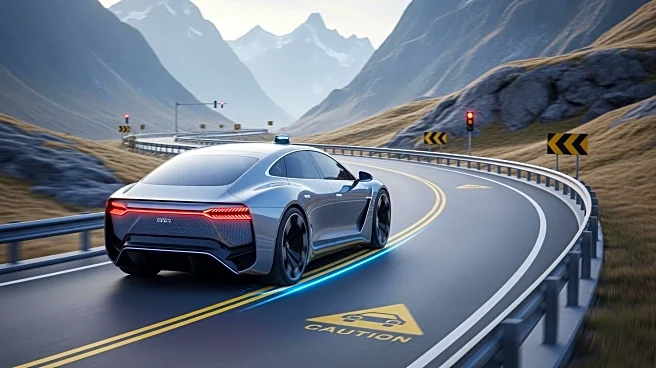What's Happening?
Mercedes-Benz Vans has revealed a sculpture named 'THE BOULDER' as part of its 130 Years of Transportation anniversary celebrations. This sculpture previews the design of the next-generation Sprinter commercial
vehicle, highlighting the company's commitment to innovative powertrains, connectivity, and advanced digital services. The sculpture, measuring 650 centimeters long, 275 centimeters high, and 250 centimeters wide, is milled from solid material and showcases the future Sprinter's exterior design. The new vans will operate on the Mercedes-Benz Operating System (MB.OS), allowing for over-the-air updates to keep vehicles current. The unveiling also included the presentation of a restored 1899 Benz combination delivery vehicle, noted as the world's oldest roadworthy delivery van.
Why It's Important?
The unveiling of the sculpture and the focus on advanced technology signify Mercedes-Benz's strategic direction in the commercial vehicle market. By integrating innovative powertrains and digital services, Mercedes-Benz aims to redefine the van segment, enhancing functionality and customer satisfaction. This development is crucial for commercial customers who rely on efficient and technologically advanced vehicles for their operations. The introduction of MB.OS and the ability to integrate third-party applications directly into the vehicle's system could streamline fleet management and navigation, offering significant benefits to businesses. The move towards electric models with the Van Electric Architecture (VAN.EA) also aligns with global trends towards sustainability and reduced emissions.
What's Next?
Mercedes-Benz plans to launch the VLE electric model for private customers in 2026, with electric commercial transporters to follow. The company is set to redefine the van segment with its new VAN architecture, offering both electric and combustion engine options. The integration of MB.OS will enable seamless updates and application integration, potentially transforming how commercial vehicles are used and managed. Stakeholders, including commercial fleet operators and technology partners, may respond positively to these advancements, anticipating improved efficiency and reduced operational costs.
Beyond the Headlines
The focus on connectivity and digital services in the next-generation Sprinter reflects broader industry trends towards smart vehicles and the Internet of Things (IoT). This shift could lead to increased data collection and analysis, providing insights into vehicle usage and performance. Ethical considerations regarding data privacy and security may arise as vehicles become more connected. Additionally, the move towards electric vehicles supports environmental sustainability goals, potentially influencing regulatory policies and consumer preferences in the commercial vehicle sector.
